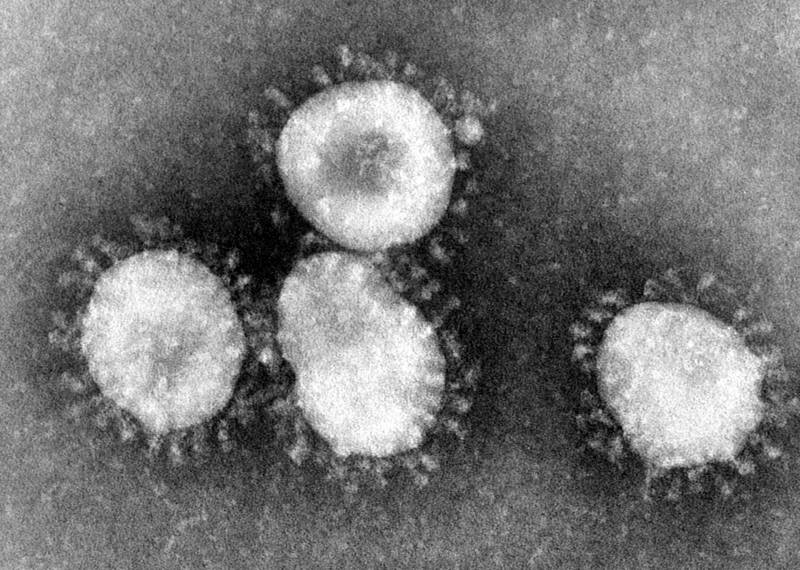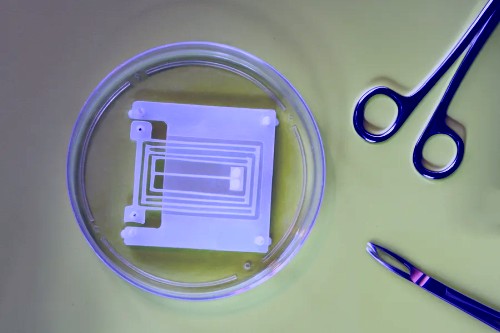Increasing The Effectiveness Of Treatment For Pancreatic Cancer
New University of Georgia research has identified a protein that can be modified to improve the effectiveness of one of the most common drugs used to treat pancreatic cancer.
The research, published in the March edition of the journal Cancer Research, found that a cell-surface protein called CNT1, which transports cancer-killing drugs into tumor cells, was reduced in function in two thirds of pancreatic tumors. By improving the function of CNT1, the researchers increased the effectiveness of the cancer-killing drugs in pancreatic tumor cells derived from human patients, said lead-author Raj Govindarajan, assistant professor of pharmaceutical and biomedical sciences in the UGA College of Pharmacy.
“The transporter was failing to take up the drug, so there were a bunch of different drug-resistant tumor cells,” said Govindarajan. “Therapies that restore CNT1 could increase the effectiveness of the drug by helping carry the drug into the cell.”
The drug most commonly used to treat pancreatic cancer is called gemcitabine and works by entering into the DNA of cancer cells and stopping replication. Many pancreatic tumor cells are resistant to gemcitabine, which makes the disease very difficult to treat, explained Govindarajan.
The researchers identified different methods to enhance CNT1 function and slow growth of the tumor cells. They found that by using additional drugs that inhibit pathways that degrade CNT1, they could partially restore its normal function and transport more gemcitabine into the tumor cells to prevent proliferation of the tumor.
The researchers attained the same results by genetically augmenting CNT1. “We over-expressed this protein in tumor cells so that it is functional continuously throughout the cell cycle, and it took up a lot of the drug and facilitated tumor killing,” said Govindarajan. “So it shows potential for therapeutic aspects.”
Govindarajan and his colleagues also found that CNT1 was likely regulated by tiny RNA molecules called micro-RNAs. “Micro-RNAs are clearly emerging as a new paradigm in gene regulation,” said Govindarajan. “We could potentially use micro-RNAs to increase CNT1 expression and increase tumor-cell targeting of gemcitabine.”
The American Cancer Society estimates that 43,000 people will be diagnosed with pancreatic cancer every year, and about 85 percent of those will die within one year of diagnosis.
Govindarajan said that the findings need to be evaluated in laboratory animals for both effectiveness and toxicity aspects to determine if they are feasible therapeutic options. He hopes that future studies will confirm the possibilities of combining additional therapies with gemcitabine to more effectively treat pancreatic cancer. “What we are trying to do is see if we can improve the standard of care for treating pancreatic cancer,” he said.
The study was funded by the National Cancer Institute and by the department of pharmaceutical and biomedical sciences at the University of Georgia.
Source: Raj Govindarajan
University of Georgia









Post Comment
You must be logged in to post a comment.